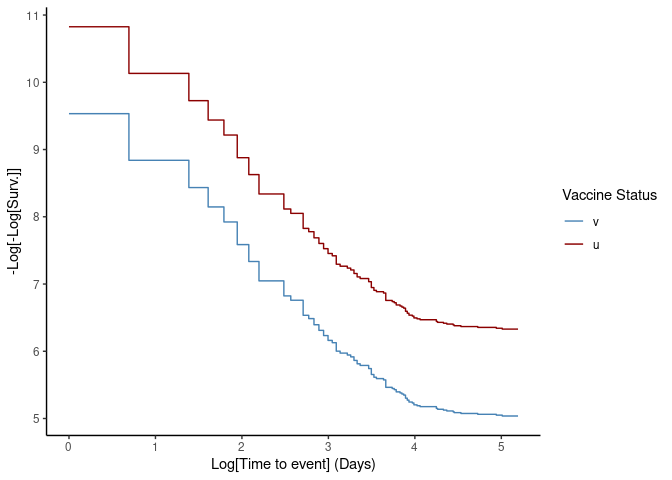
The hardware and bandwidth for this mirror is donated by dogado GmbH, the Webhosting and Full Service-Cloud Provider. Check out our Wordpress Tutorial.
If you wish to report a bug, or if you are interested in having us mirror your free-software or open-source project, please feel free to contact us at mirror[@]dogado.de.

{{ packagename }} is developed at Pontificia Universidad Javeriana as part of the Epiverse-TRACE initiative.
{{ packagename }} is an R package that offers tools for estimating vaccine effectiveness (VE), using a series of epidemiological designs including cohort studies, test-negative case-control, and screening methods (Halloran, Longini, and Struchiner 2010). The current version of the package provides a set of features for preparing, visualizing, and managing cohort data, estimating vaccine effectiveness, and assessing the performance of the models. Test-negative design and screening method will be included in future versions.
Our stable versions are released on CRAN, and can be installed using:
install.packages("vaccineff", build_vignettes = TRUE)The current development version of {{ packagename }} can be
installed from GitHub using the
pak package.
if(!require("pak")) install.packages("pak")
pak::pak("{{ gh_repo }}")Or using the remotes package
if(!require("remotes")) install.packages("remotes")
remotes::install_github("{{ gh_repo }}"){{ packagename }} provides a minimal cohort dataset that can be used to test out the models.
# Load example `cohortdata` included in the package
data("cohortdata")
head(cohortdata, 5)
#> id sex age death_date death_other_causes vaccine_date_1 vaccine_date_2
#> 1 04edf85a M 50 <NA> <NA> <NA> <NA>
#> 2 c5a83f56 M 66 <NA> <NA> <NA> <NA>
#> 3 82991731 M 81 <NA> <NA> <NA> <NA>
#> 4 afbab268 M 74 <NA> <NA> 2021-03-30 2021-05-16
#> 5 3faf2474 M 54 <NA> <NA> 2021-06-01 2021-06-22
#> vaccine_1 vaccine_2
#> 1 <NA> <NA>
#> 2 <NA> <NA>
#> 3 <NA> <NA>
#> 4 BRAND2 BRAND2
#> 5 BRAND1 BRAND1The function make_vaccineff_data allows defining
different aspects of the study design—such as vaccination dates,
immunization delays, and potential confounding factors—and creates an
object of class vaccineff_data. Its output is used to
estimate VE using a Cox model regression invoked by the function
estimate_vaccineff, which returns the object
vaccineff.
The proportional hazard assumption can be tested both through the
Schoenfeld test and visually using the plot method by
setting type = "loglog".
# Create `vaccineff_data`
vaccineff_data <- make_vaccineff_data(
data_set = cohortdata,
outcome_date_col = "death_date",
censoring_date_col = "death_other_causes",
vacc_date_col = "vaccine_date_2",
vaccinated_status = "v",
unvaccinated_status = "u",
immunization_delay = 15,
end_cohort = as.Date("2021-12-31"),
match = TRUE,
exact = "sex",
nearest = c(age = 1)
)
# Estimate VE
ve <- estimate_vaccineff(vaccineff_data, at = 180)
# Print summary of VE
summary(ve)
#> Vaccine Effectiveness at 180 days computed as VE = 1 - HR:
#> VE lower.95 upper.95
#> 0.7109 0.5245 0.8243
#>
#> Schoenfeld test for Proportional Hazards assumption:
#> p-value = 0.0631
# Generate loglog plot to check proportional hazards
plot(ve, type = "loglog")
More details on how to use {{ packagename }} can be found in the online documentation as package vignettes, and in the articles “Get Started with vaccineff” and “Introduction to cohort design with vaccineff”.
To report a bug or to request a new feature please open an issue.
Contributions to {{ packagename }} are welcomed. Contributions are welcome via pull requests.
Contributors to the project include:
Authors: David Santiago Quevedo and Zulma M. Cucunubá (maintainer)
Contributors: Geraldine Gómez, Pratik Gupte, Érika J. Cantor, Santiago Loaiza, Jaime A. Pavlich-Mariscal, Hugo Gruson, Chris Hartgerink, Felipe Segundo Abril-Bermúdez, Joshua W. Lambert, Julian Otero
Please note that the {{ packagename }} project is released with a Contributor Code of Conduct. By contributing to this project, you agree to abide by its terms.
These binaries (installable software) and packages are in development.
They may not be fully stable and should be used with caution. We make no claims about them.
Health stats visible at Monitor.